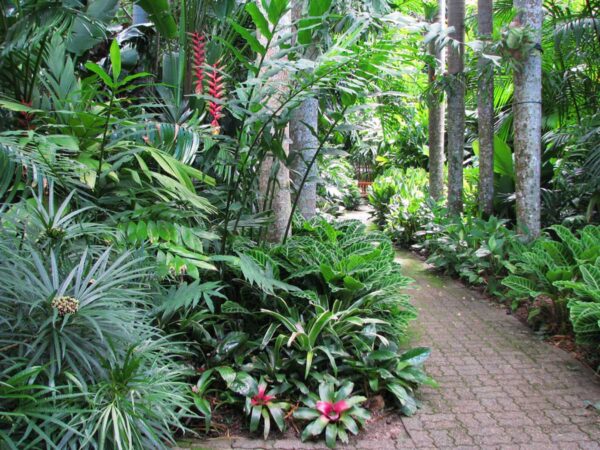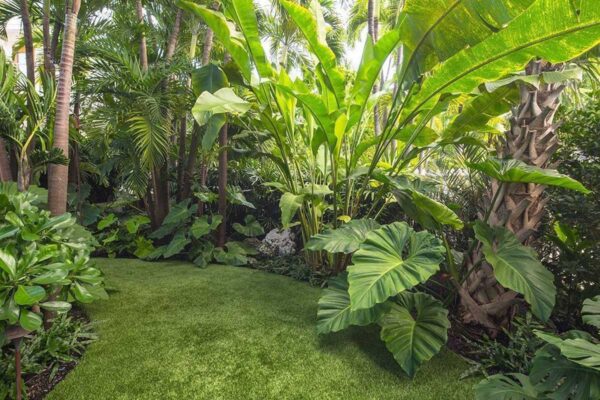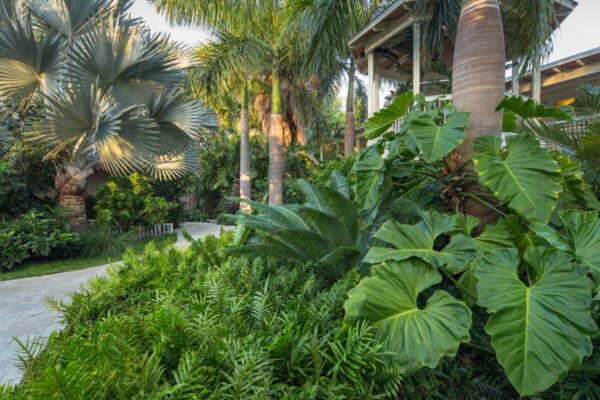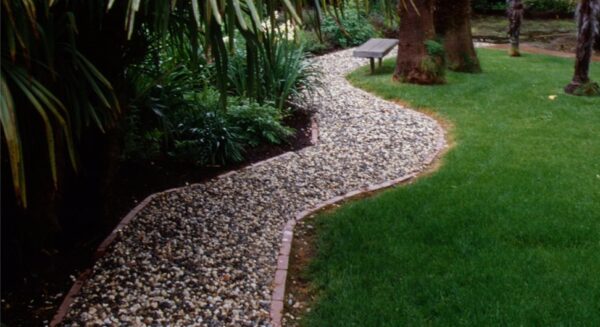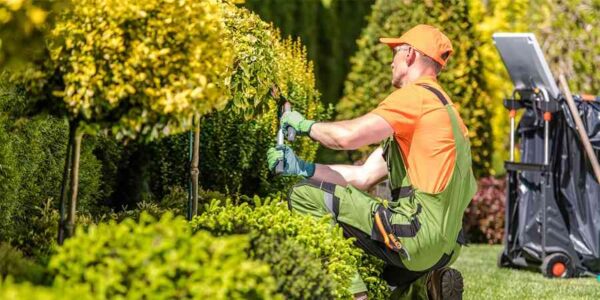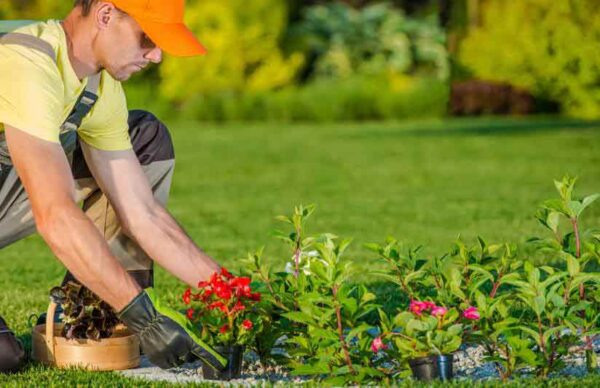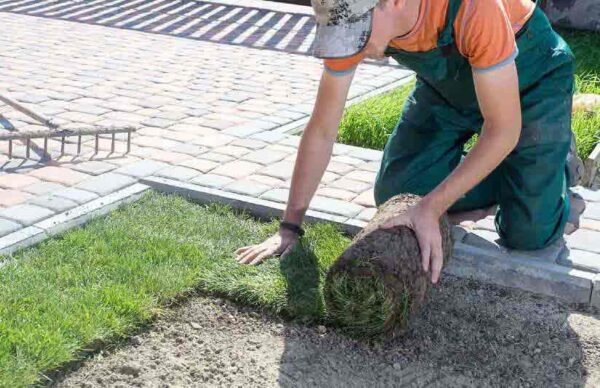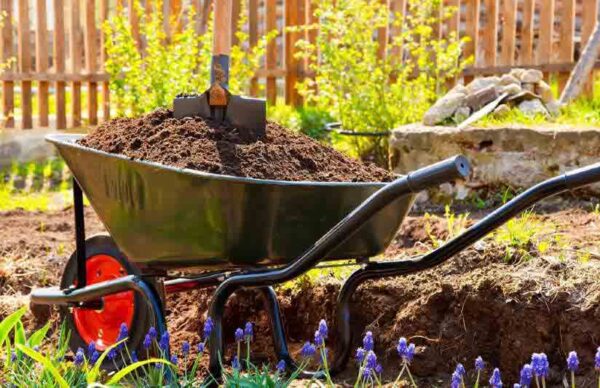Why Switching To Organic Landscaping Is Augmenting New South Wales’s Gardens
Throughout New South Wales there will be gardens of all shapes and sizes, with some having been created by professional landscape design companies and others which were not.
For those designed and created by a landscaping company, there will doubtless be an array of plants and fixed features that make each landscaped garden in New South Wales unique.

